Limited space should never limit your gardening ambitions! Vertical gardening is a fantastic solution for small spaces, allowing you to maximize your gardening potential upwards instead of outwards. In this article, we’ll share expert tips on how to create a thriving vertical garden in even the smallest of spaces.
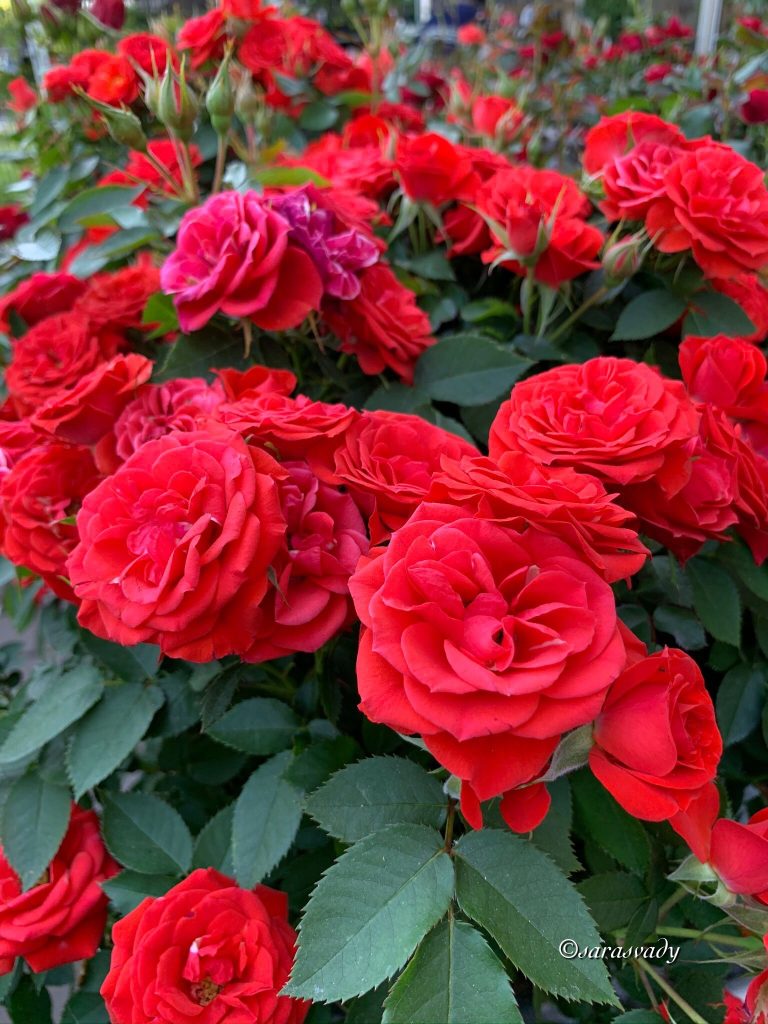
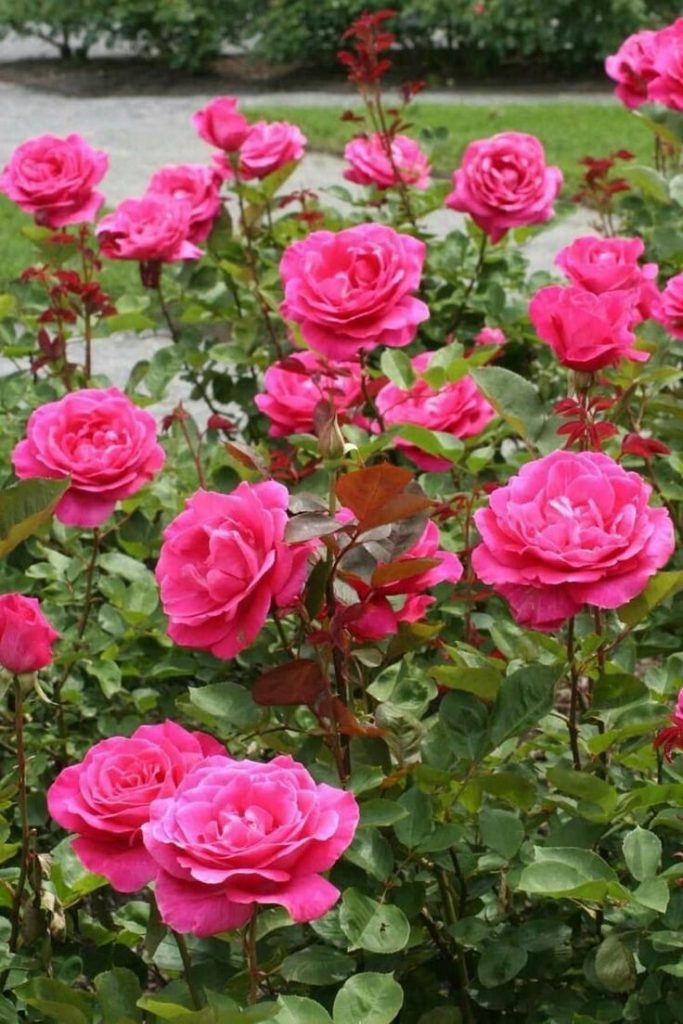
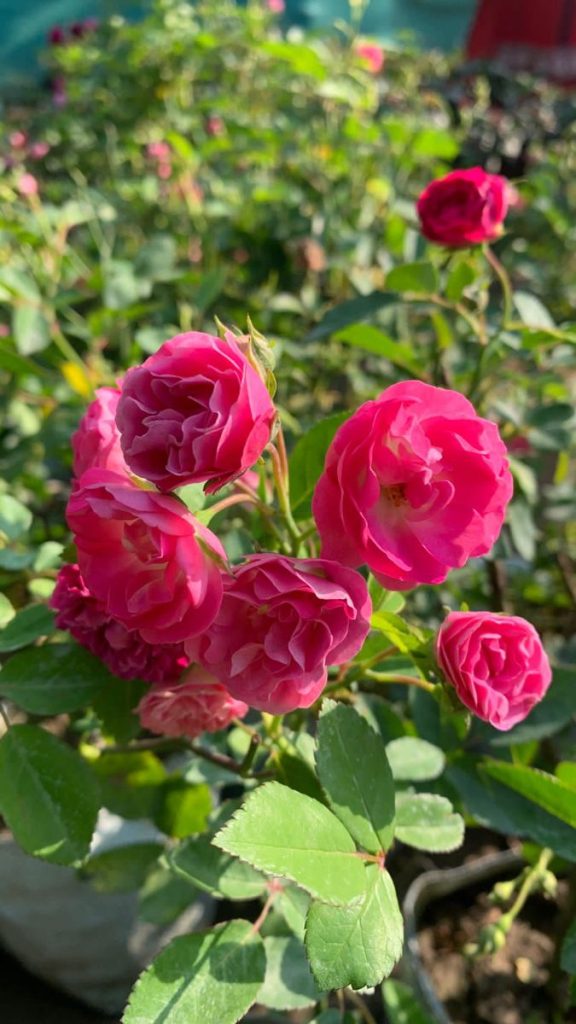

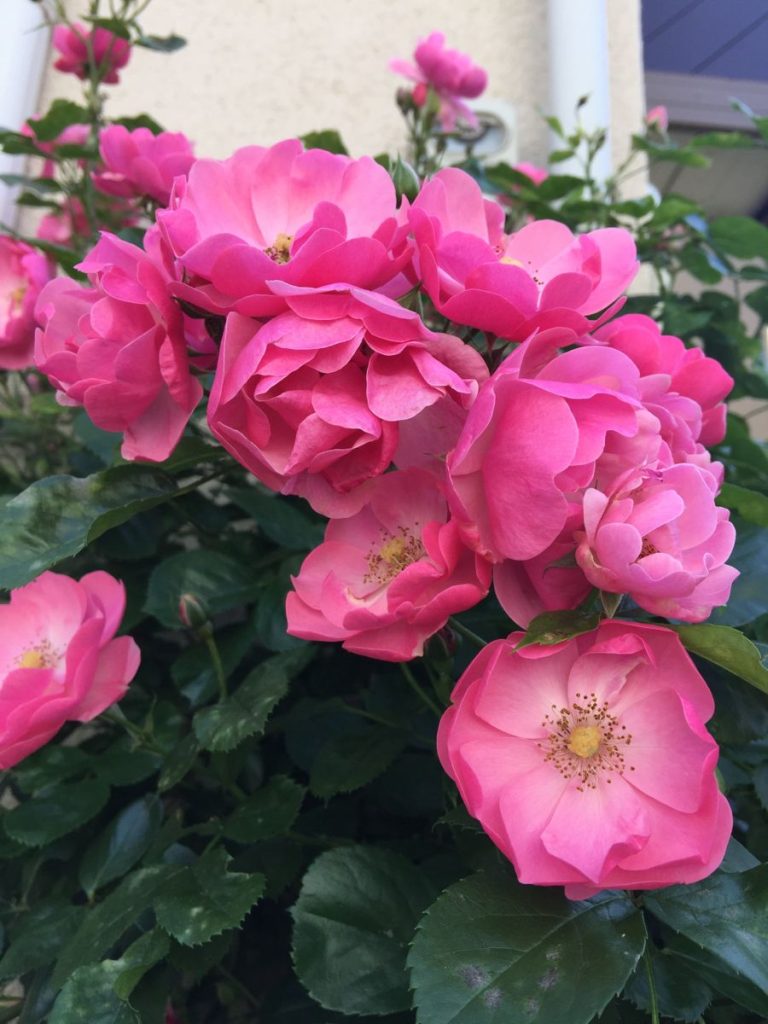
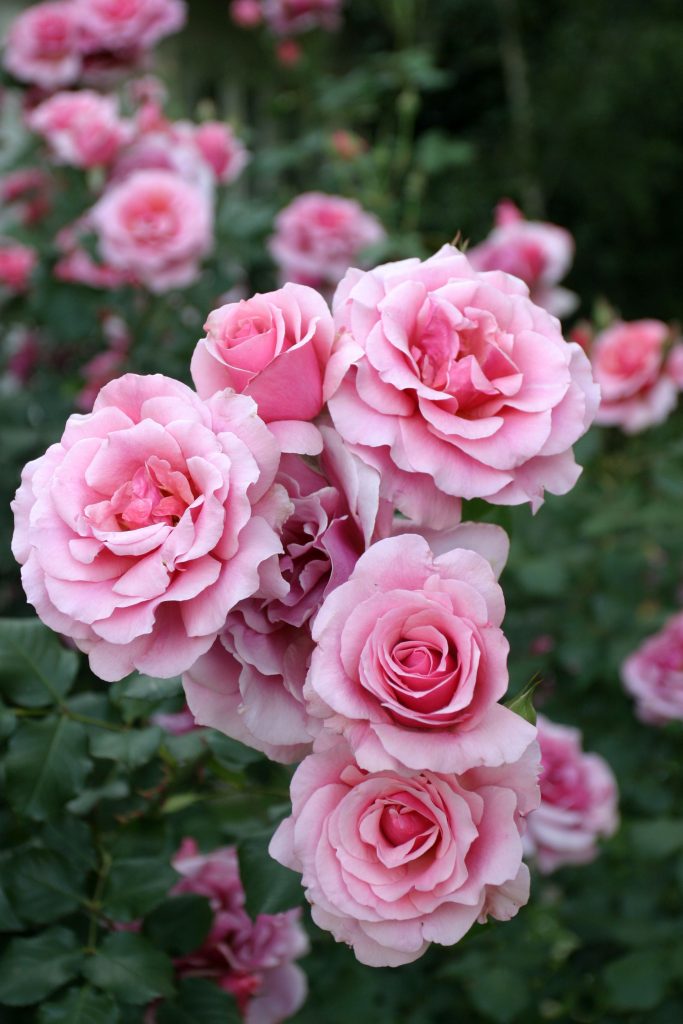
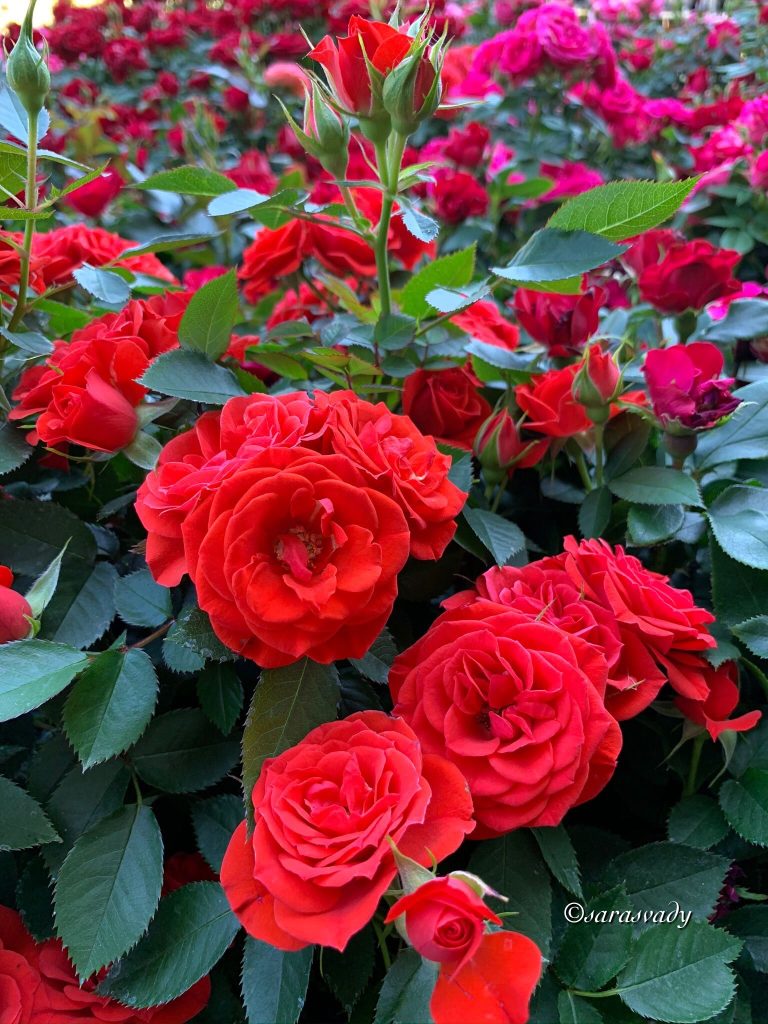
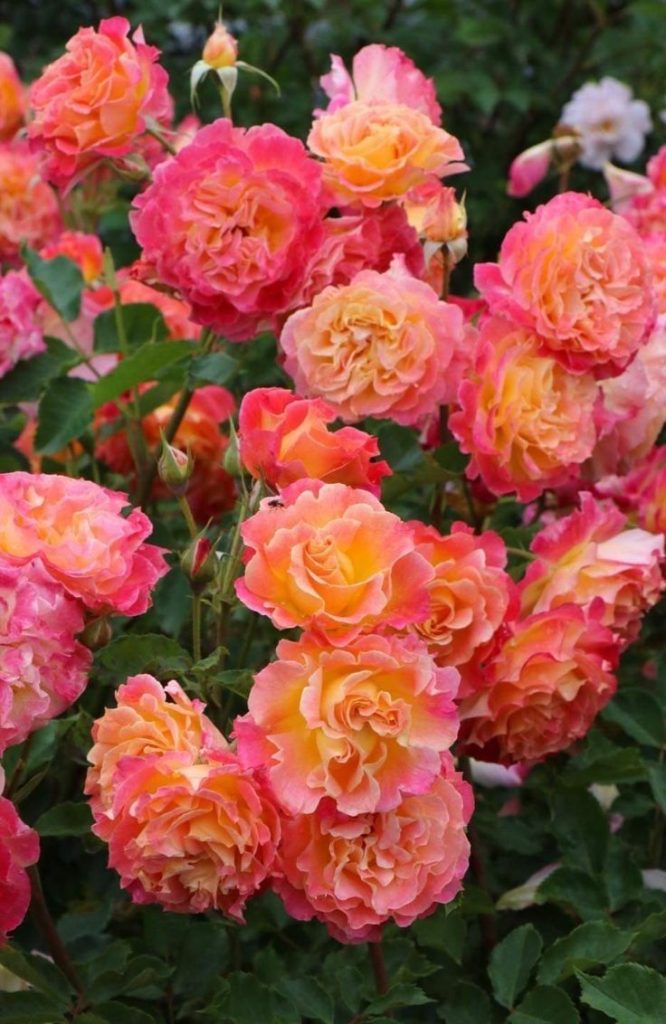

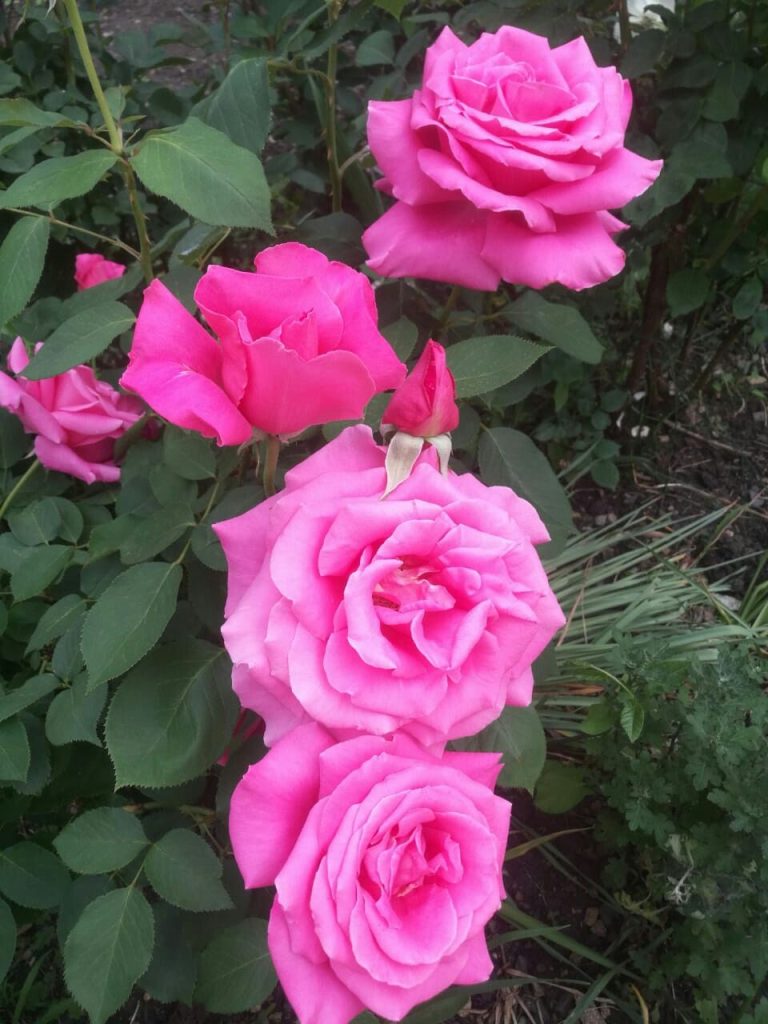
Why Choose Vertical Gardening?
Tip: Vertical gardening is a great way to make the most of limited space by growing plants upwards on walls, trellises, or structures. It not only adds greenery and beauty to small spaces but also maximizes gardening space, making it ideal for balconies, patios, or small yards.
Selecting the Right Plants
Choose Compact and Climbing Plants
Tip: When planning a vertical garden, choose plants that are compact in size or have climbing or trailing habits. Some suitable plants for vertical gardening include:
Herbs like basil, thyme, and mint
Succulents such as echeveria and sedum
Climbing plants like ivy, clematis, and jasmine
Compact vegetables like cherry tomatoes, peppers, and lettuce
Vertical Garden Structures
Use Trellises, Pots, and Hanging Baskets
Tip: There are various structures and containers you can use for vertical gardening, such as:
Trellises or garden screens for climbing plants
Wall-mounted planters or pockets for herbs and succulents
Hanging baskets or vertical towers for trailing plants
Choose structures that are suitable for the size and weight of the plants you plan to grow and ensure they are securely attached to walls or structures to prevent accidents.
Soil and Watering Considerations
Use Lightweight Potting Mix
Tip: When planting in containers or wall-mounted planters, use lightweight potting mix designed for containers. This type of soil retains moisture well while providing good drainage, which is essential for vertical gardening.
Water Regularly
Tip: Vertical gardens may require more frequent watering than traditional gardens, especially during hot and dry periods. Check the moisture levels regularly and water when the soil feels dry to the touch. Consider installing a drip irrigation system or using self-watering containers to make watering more manageable.
Maintenance and Care
Tip: Regular maintenance is key to keeping your vertical garden healthy and thriving. Here are some maintenance tips:
Prune and trim plants as needed to promote healthy growth and prevent overcrowding.
Fertilize plants regularly with a balanced fertilizer to provide essential nutrients.
Monitor for pests and diseases and treat them promptly using natural and organic methods.
Creative Vertical Gardening Ideas
Tip: Get creative with your vertical gardening by mixing and matching plants, colors, and textures to create a visually appealing and diverse garden. You can also add decorative elements like fairy lights, artwork, or mirrors to enhance the beauty of your vertical garden.
Conclusion
Vertical gardening is a versatile and practical solution for small spaces, allowing you to enjoy gardening and greenery even when space is limited. By selecting the right plants, choosing suitable structures, using lightweight potting mix, watering regularly, and maintaining your vertical garden, you can create a beautiful and thriving garden in any small space.
Whether you’re a gardening novice or an experienced gardener, these vertical gardening tips can help you create a stunning vertical garden that adds beauty, functionality, and a touch of nature to your small space. So don’t let limited space hold you back – embrace vertical gardening and transform your small space into a lush and vibrant garden oasis!